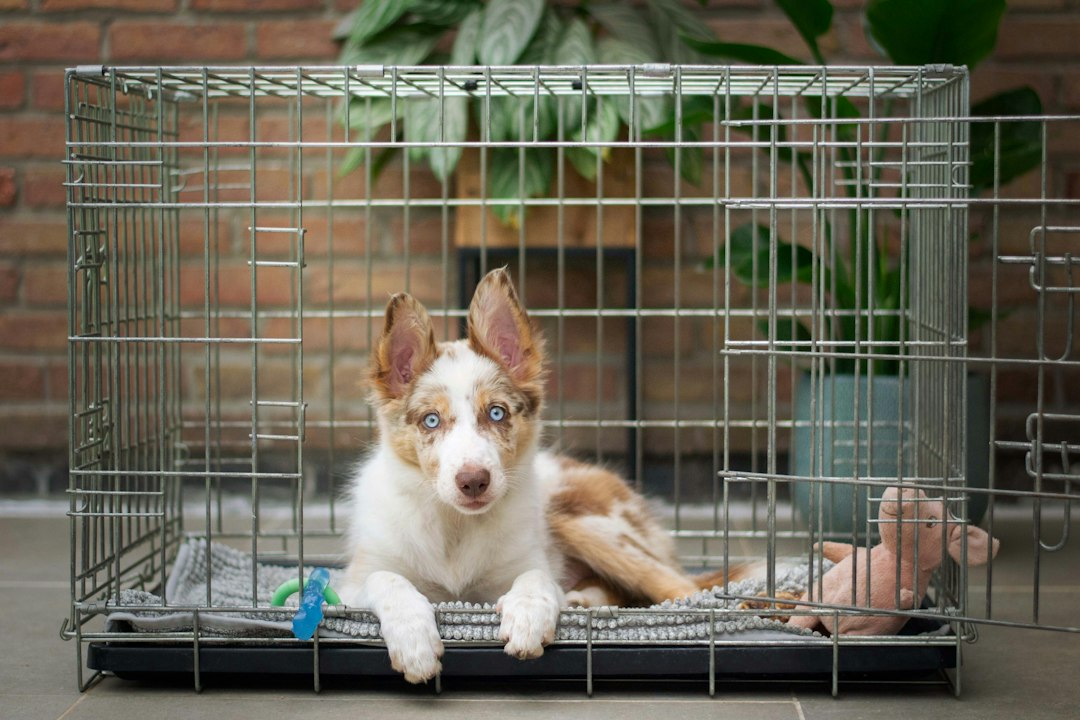House training a new puppy can be a challenging and time-consuming process. However, with the right approach and some patience, you can effectively train your pup and create a harmonious living environment. By following these top 10 tips for house training your new pup, you can ensure a successful and stress-free journey of dog training.
1. Establish a routine: Dogs thrive on routine, so it’s crucial to establish a consistent schedule for feeding, walking, and bathroom breaks. Stick to the same timing every day to help your puppy develop regular habits.
2. Use positive reinforcement: Reward your pup with treats and praise when they successfully eliminate in the designated area. Positive reinforcement creates a positive association, making them more likely to repeat desired behavior.
3. Choose a designated bathroom spot: Select a specific area in your yard where you want your pup to do their business. Take them to this spot consistently after meals, naps, and playtime, using a command such as “go potty” to help them understand what is expected.
4. Supervise and confine: When you cannot directly supervise your puppy, confine them to a smaller space using a crate or baby gates. This prevents accidents and teaches them to hold their bladder until you can take them out.
5. Be consistent: Consistency is key in dog training. Use the same commands and techniques throughout the process to avoid confusion and maximize learning.
6. Watch for signs: Pay attention to your pup’s behavior, as they often give signals when they need to go. Sniffing, circling, or restlessness are common signs that they need to eliminate, so act promptly.
7. Maintain a clean environment: Keep the designated bathroom area clean by promptly picking up waste. Dogs are more likely to return to a spot if it smells and looks clean.
8. Limit water intake: Control your puppy’s water intake during the house training process, especially in the hours leading up to bedtime. This helps minimize accidents during the night.
9. Handle accidents correctly: Accidents are inevitable, so when they happen, remain calm and clean up the mess promptly. Avoid scolding or punishing your pup, as it may create anxiety or fear.
10. Track progress: Keep a record of your pup’s successful bathroom trips and accidents. This helps you identify patterns and adjust your training strategy accordingly.
In conclusion, house training a new puppy requires patience, consistency, and positive reinforcement. By following these top 10 tips, you can establish a routine, create a designated bathroom spot, and reinforce desired behavior. Remember, dog training is a gradual process, and each pup is unique, so be patient and celebrate even small successes along the way.
For more information visit:
www.loveforpaws.com
https://www.loveforpaws.com/
Jacobs Bend Drive 4401
We are a dog training, dog walking, and pet sitting business who uses gentle, force-free methods. Whether it’s leash reactivity, aggression, anxiety, or puppy training, we’re here to help.

